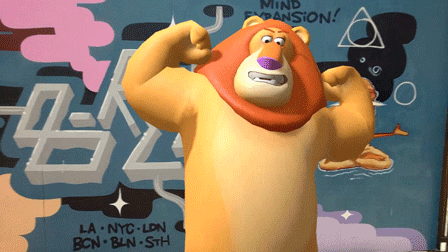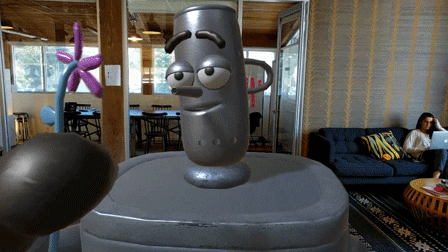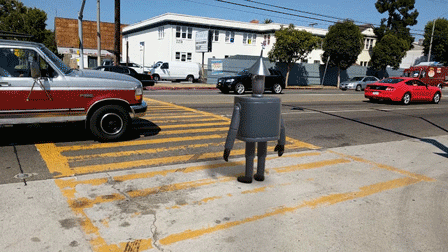ARCore
ARCore
When Apple released ARKit at WWDC, Senior Vice President Craig Federighi claimed that it would be the “largest AR platform in the world,” because there are already so many iPhones and iPads on the market. Well, seeing as there are a lot more Android users than there are iOS users, it seems like that will no longer be the case.

The Challenge
One of the biggest challenges was constructing an interaction method for placement which enabled objects to be placed and composed quickly while maintaining a moderately high degree of precision. It was also a secondary goal to move toward a placement method that kept the limited screen real estate available for viewing (instead of being obstructed by hands).

Collaboration
In addition to driving much of the applied UX work, I also led a team of 4 designers (iXD, Research and visD) to ensure a diverse set of opinions that greatly improved the final deliverable. I also worked very closely with great engineering, marketing and executive partners to align on the the experience ahead of our global announcement.

Ideation
Ideation was a huge part of this initiative and I led initial conversations/brainstorms for UX early on. In addition to the countless whiteboard sessions and brainstorms, I was consistently leaned upon to keep our larger team informed about the overall UX direction of the demo experience. Based on this work, we’ve been able to start building foundational AR design best practices and recommendations for scalability beyond the reveal.
Bringing compositional AR storytelling to the world
This experience allowed a user to place fun virtual objects (large and small) into a real environment to convey ARCore’s foundational technologies including multi-surface detection, object placement, transformation, light estimation and 6DOF tracking.